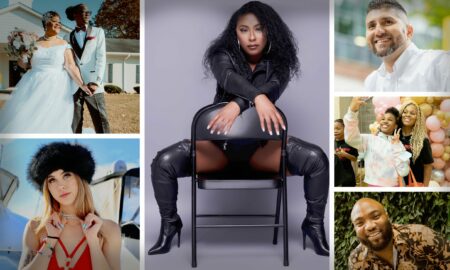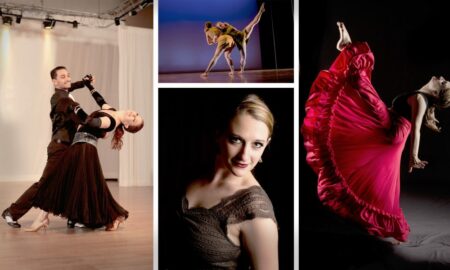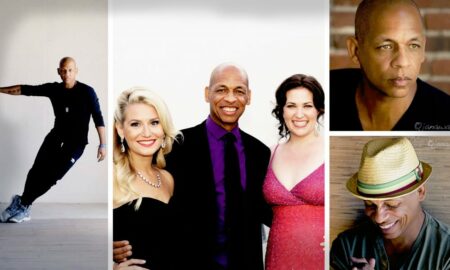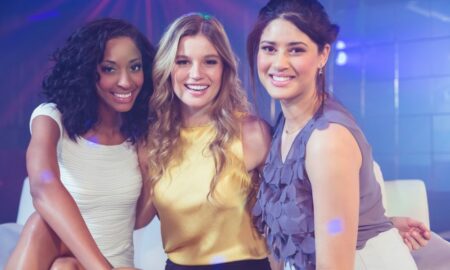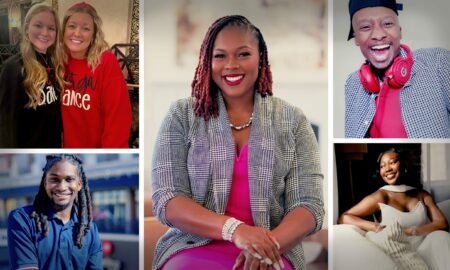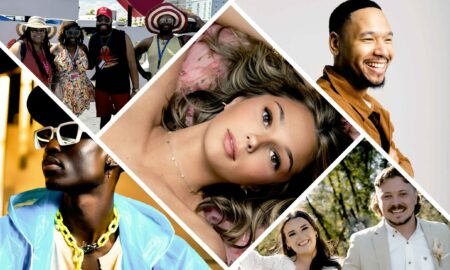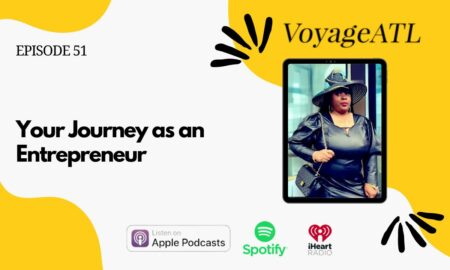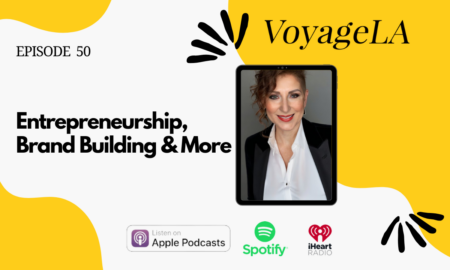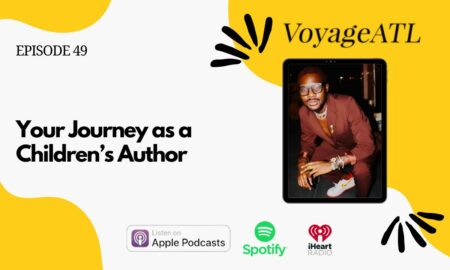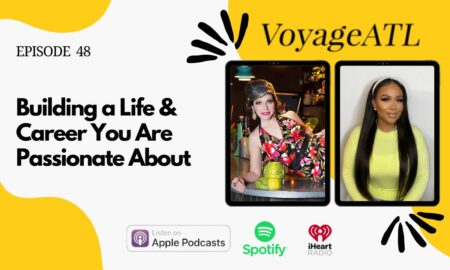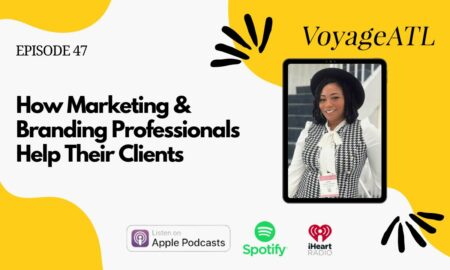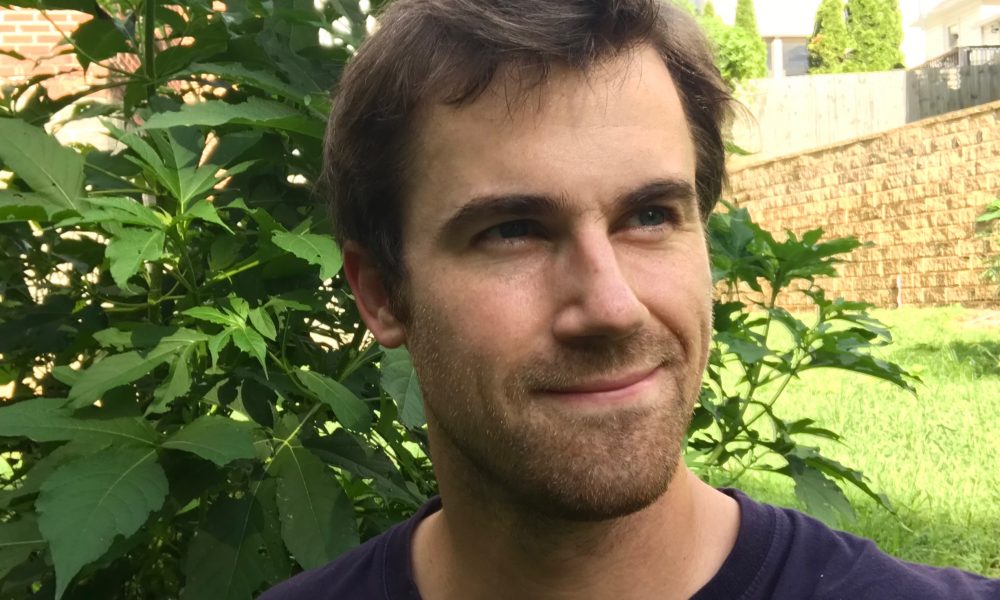

Today we’d like to introduce you to Larkin Ford.
Larkin, we’d love to hear your story and how you got to where you are today both personally and as an artist.
I grew up in a rural area in western North Carolina. I remember long expanses of pleasantly unstructured time punctuated by occasional bizarre events: At the county fair when I was four, my mother and I were trapped on a churning, rickety ride for thirty minutes while its operator picked a fight with another carnie. This sort of thing cropped up often. One teenage neighbor walked up the dirt road toward town to get his ears pierced and returned hours later, smiling, with blood streaming down his neck and chest. Another kid was swindled into buying a blind horse, then let it starve.
As a mild-mannered kid, I was wary of, but fascinated by, these bizarre, transgressive people. I began drawing early, using the medium as a way to make sense of the world by reconfiguring it into various aesthetic forms.
This impulse persisted as I grew up. I studied Drawing and Painting with a Literature minor at UNC Asheville, pulling heavily from Baroque and Romantic influences to create a narrative cycle of bombastic drawings and paintings of nihilistic backwoods violence. I then spent several years working various jobs, including some illustration work and a few years in produce stands and grocery stores. All the while, I continued making and exhibiting my own paintings and comics, drawing inspiration from Greek and Christian mythology and Sigmund Freud’s essays on the uncanny. In 2014, I moved to Atlanta to go to Georgia State University, and was fortunate enough to spend three intense years working with sharp, driven artists with hugely varied ideologies and artistic practices. After getting my MFA in 2017, I have continued to teach classes at the university, and at Chastain Arts Center. As of this fall semester, I’ve just signed on as a Visiting Lecturer at GSU, and I’m thrilled to be able to teach full-time.
We’d love to hear more about your art. What do you do you do and why and what do you hope others will take away from your work?
I create figurative drawings and paintings, as well as some sculpture, sequential art and animation, depicting disjointed narratives with a similarly fragmented portrayal of the human body. I find Mikhail Bakhtin’s model of the grotesque body—characterized by orifices, protuberances, and an emphatic sense of bodily impermanence—to be immensely useful in generating work. The narratives are drawn from direct experience, and for years they remained fairly specific, with figures exhibiting open wounds, intravenous drips, and open mouths. Over time, the narrative content has become less prominent, and in recent months, the controlling idea of the grotesque body has extended into environments. Landscape elements double as bodily interiors, with ducts and pipes suggesting arteries. This corporeal metaphor has come to a head in a recent video collaboration with Joe Hadden, where a woman’s walk-through litter-strewn streets and dank caves is mirrored by her food’s voyage through her digestive tract.
Although the narrative is crucial to the development of drawings and paintings, it is often just as important that the story be broken open, left incomplete enough to allow room for others to insert their own experiences into the work. Ambiguity is vital to keep a painting rich and interesting after multiple viewings. I love when that shakiness reaches right into the marrow of the fictional world, and I become less certain what’s unfolding in a painting while working on it.
The sterotype of a starving artist scares away many potentially talented artists from pursuing art – any advice or thoughts about how to deal with the financial concerns an aspiring artist might be concerned about?
It’s a challenge to prioritize your studio practice when your job takes up a large chunk of your time and energy and still doesn’t pay well enough to alleviate money woes. I’ve worked many low-wage jobs, and it can be discouraging to feel caught in a routine that feels determined to squeeze out your creative time. It’s a good idea to apply for grants and all-expenses-paid residencies, but I also think it’s vital to fiercely defend your studio time, and to be open-minded in considering your materials and process.
One interesting side effect of working with severely limited means is that your priorities become clear. What are you willing to give up or compromise, and what feels absolutely essential? I’ve found that I’m happy working on a small scale when needed, but that quality materials and uninterrupted time are important to me, so I act accordingly.
I know that many people are struggling to survive, and are genuinely unable to indulge in artistic pursuits—and I hope I don’t sound glibly dismissive of that fact. For many of us, though, there is a way to continue making art, even if it takes some tough sacrifices and some strategic thinking to make it happen.
Do you have any events or exhibitions coming up? Where would one go to see more of your work? How can people support you and your artwork?
My website, www.larkinhford.com, is a good place to see images of a good deal of my drawings and paintings. There’s also a preview of my forthcoming comic book, Goat Song, which will be available in November through Birdcage Bottom Books. Once it’s published, you’ll be able to buy it here:
https://birdcage-bottom-books.myshopify.com/
I’m also fairly active on Instagram (@larkinford) where I post in-process images of whatever I’m working on. I’m one of the participants in The Chastain Experiment, an exhibition in which artists are drawing directly on the gallery walls of the Chastain Arts Center. I’m working on a charcoal drawing of a huge pile of concrete and corrugated pipe inspired by the construction going on all over Atlanta—and particularly, the site across the street from my apartment. The opening reception will be on Saturday, August 11.
For anyone in Atlanta’s West End, Aaron Putt and I collaborated on one of the car wash bays by Lean Draft House as part of Michael Jones’ West End Mural Project. I really enjoyed collaborating with Aaron, particularly because his process is so different from my own. There are also tons of other bays painted by some top-notch Atlanta artists.
Last but not least—and it’s still in process but I’m too excited not to mention it—Joe Hadden and I have been collaborating on a short-animated film, WILT. It’s an unusual hybrid of hand-drawn animation, green screen, stop-motion animation, and digital manipulation. Joe makes densely textured abstract paintings and sculptures, and I find that our processes complement each other well. Rachel Ballard narrates the entire video in a style evocative of a 1970s educational film. These stills should give some idea of its sensibility, and I will eventually share the completed film on my site.
Contact Info:
- Website: www.larkinhford.com
- Email: lford17@gsu.edu, chiefcardinal@gmail.com
- Instagram: @larkinford






 Image Credit:
Image Credit:
Larkin Ford
Getting in touch: VoyageATL is built on recommendations from the community; it’s how we uncover hidden gems, so if you know someone who deserves recognition please let us know here.

